Case Study: Constitution and the Administrative State - Chevron Case
VerifiedAdded on 2023/06/10
|5
|891
|376
Case Study
AI Summary
This case study analyzes the landmark U.S. Supreme Court case Chevron U.S.A., Inc. v. Natural Resources Defense Council, Inc., focusing on the separation of powers and the scope of administrative agencies' authority. The case revolved around the interpretation of the Clean Air Act amendments and the extent to which courts should defer to an agency's interpretation of a statute. The Supreme Court established the 'Chevron defense,' which dictates that if Congress has not clearly addressed an issue in a statute, courts should defer to a reasonable interpretation made by the administrative agency. While this defense has been applied in numerous cases, it has also been criticized for granting administrative authorities discretionary powers. The case study discusses the relevance, prospective effect, and present viability of the Chevron defense, referencing subsequent cases like King v. Burwell, which limited the defense's application in matters of significant economic or political impact. The study concludes that while the Chevron case provides a concrete defense for administrative authorities, its application is not universally applicable and should be carefully considered in various disputes.
1 out of 5
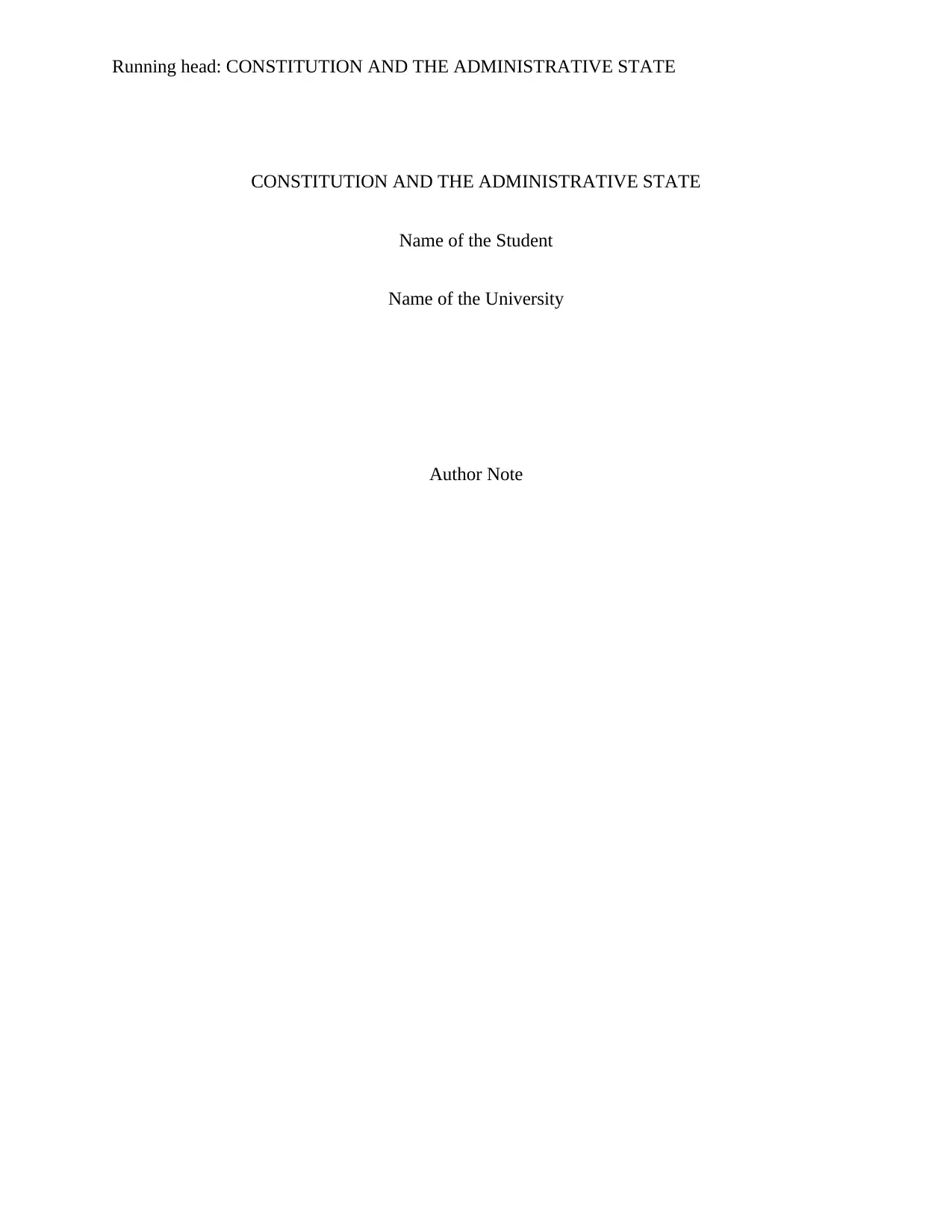
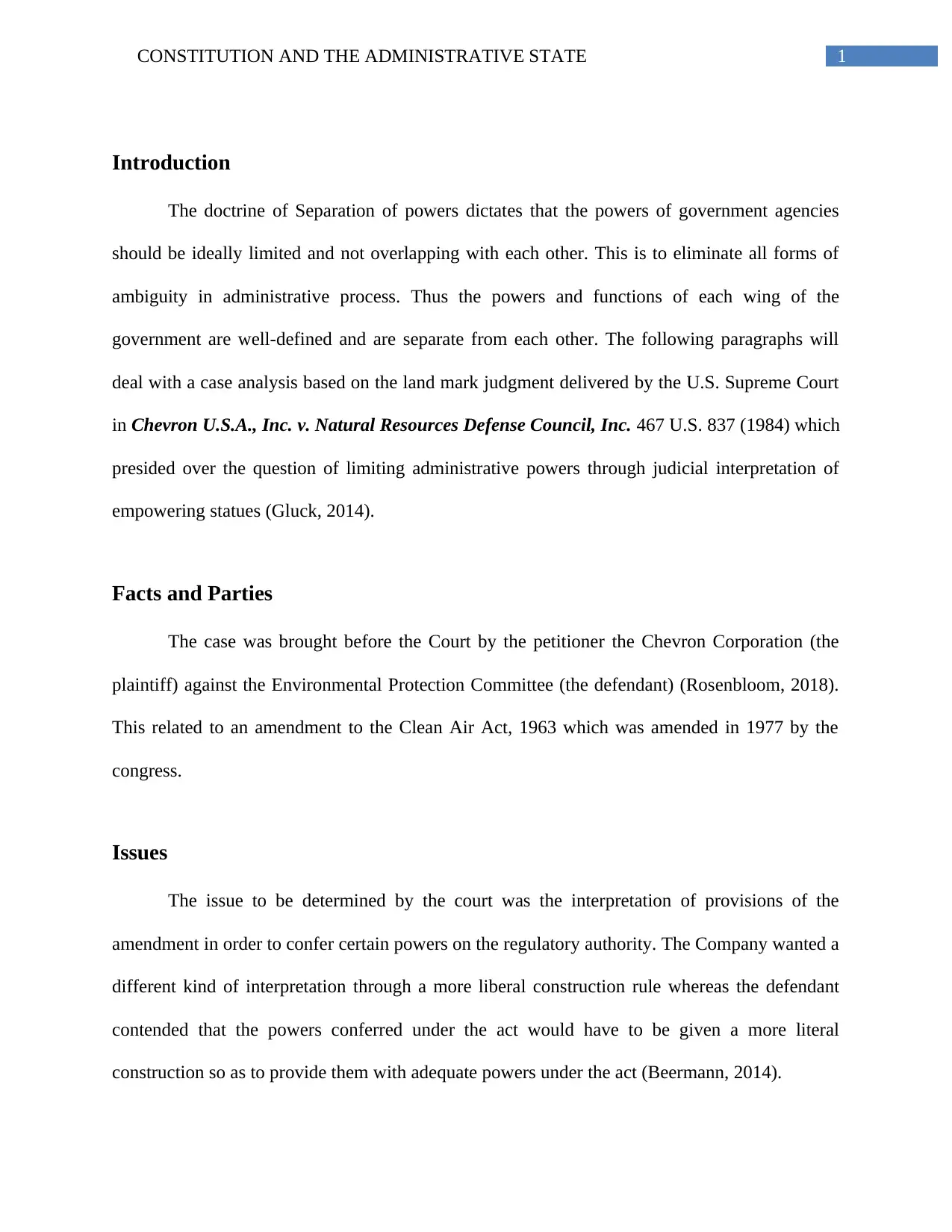
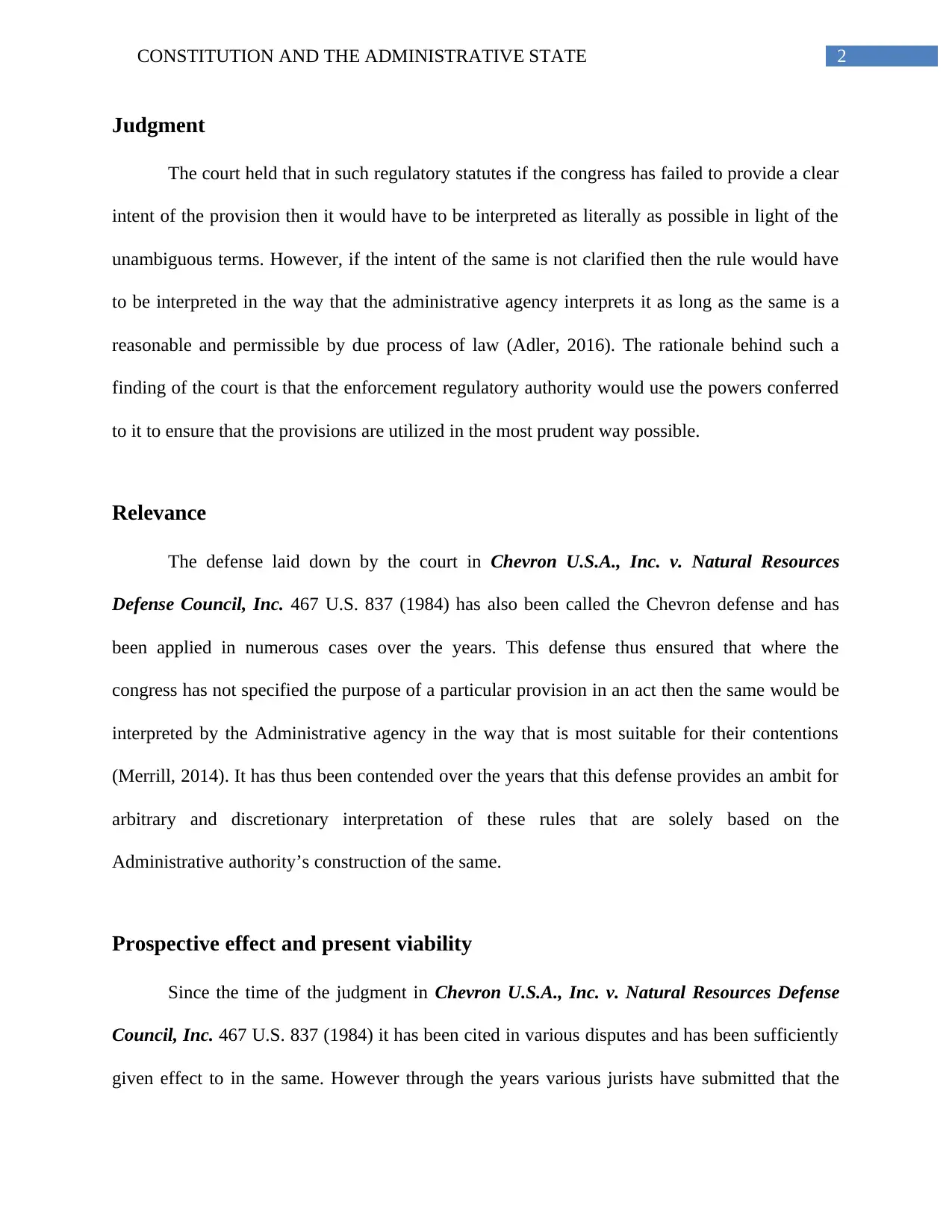

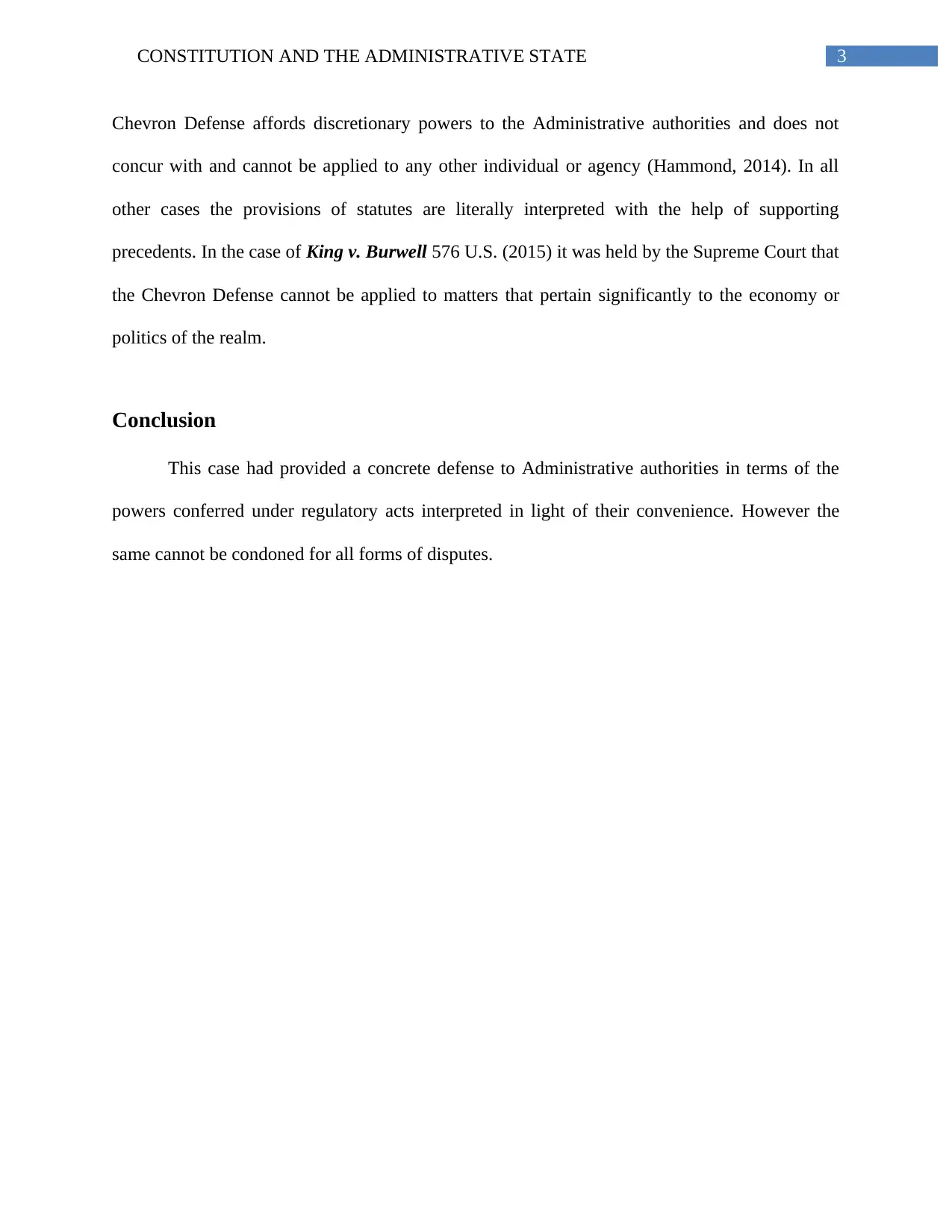
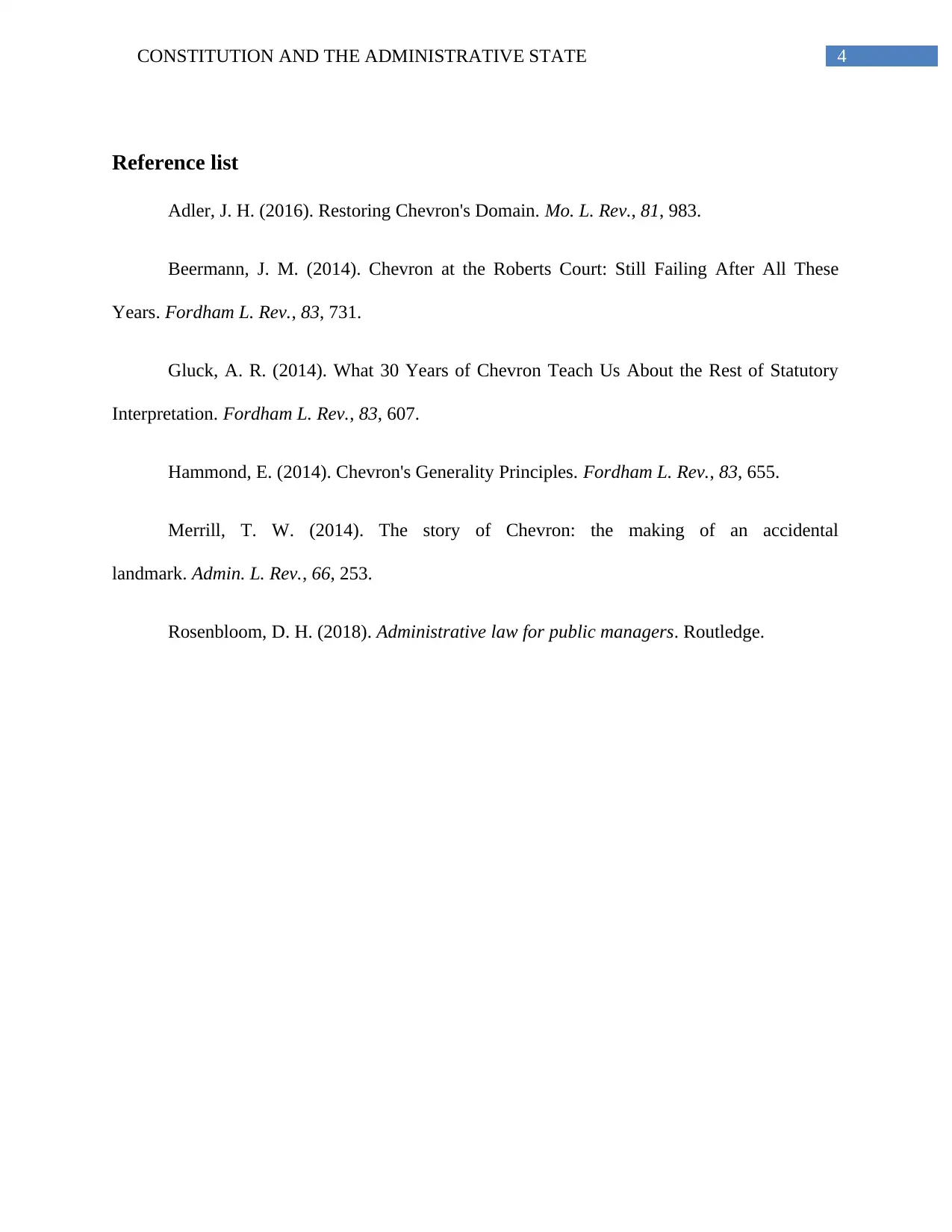


![[object Object]](/_next/static/media/star-bottom.7253800d.svg)